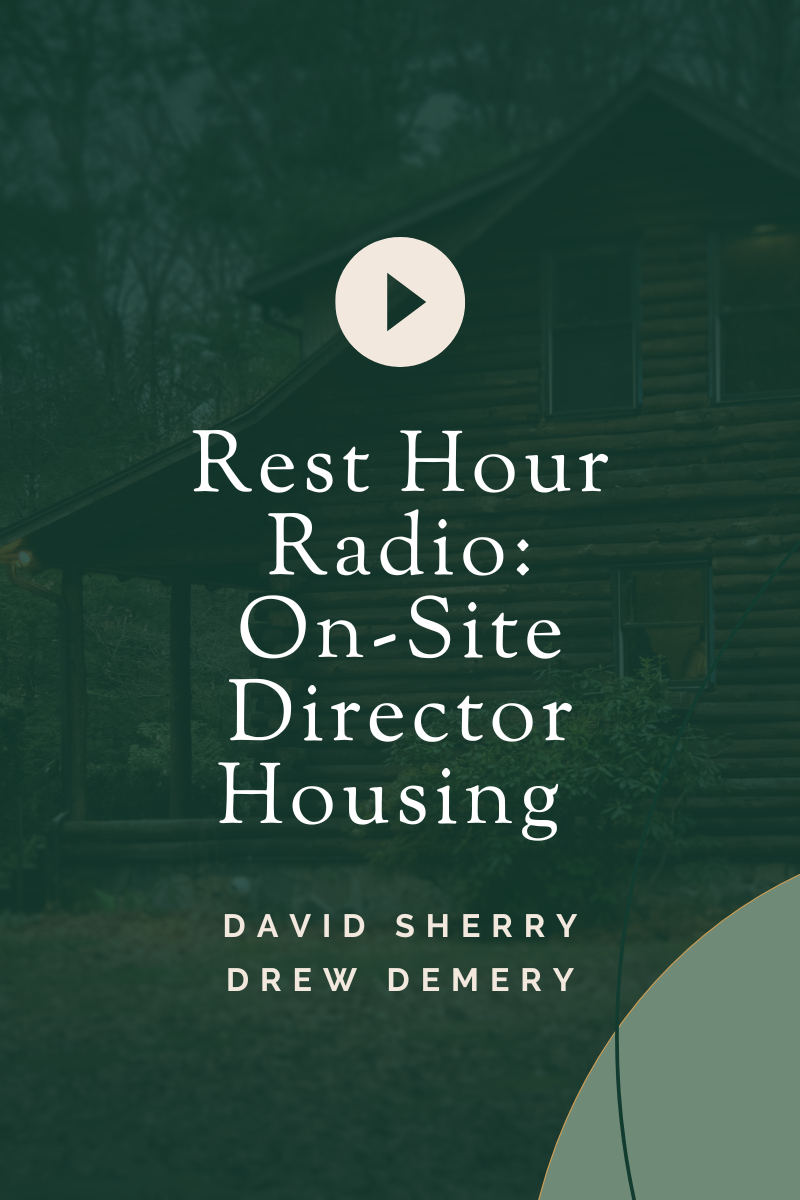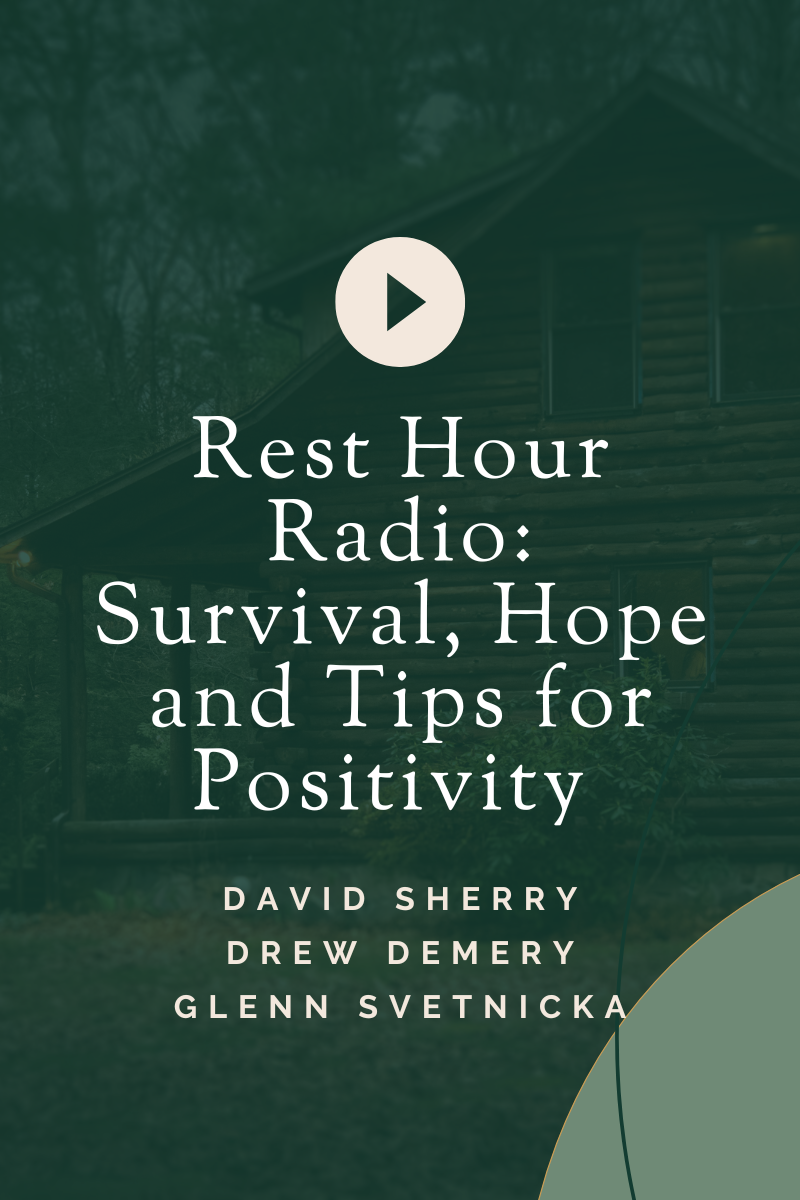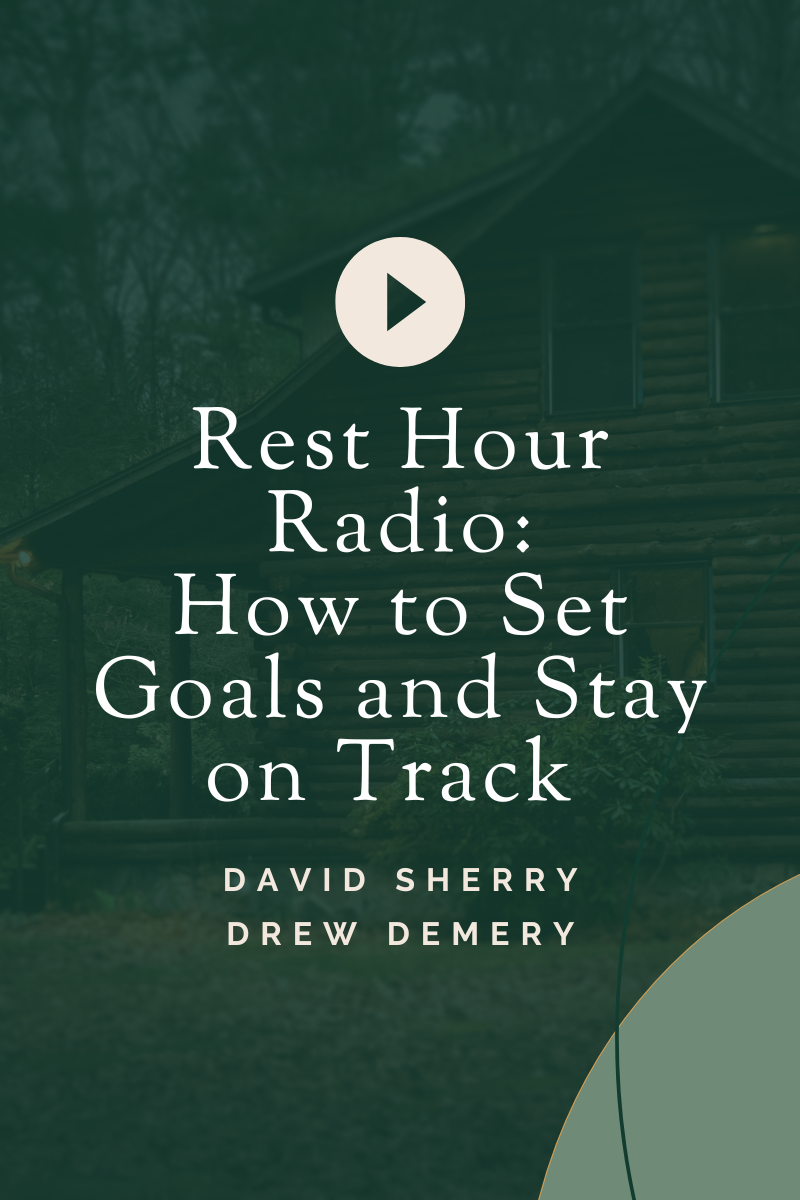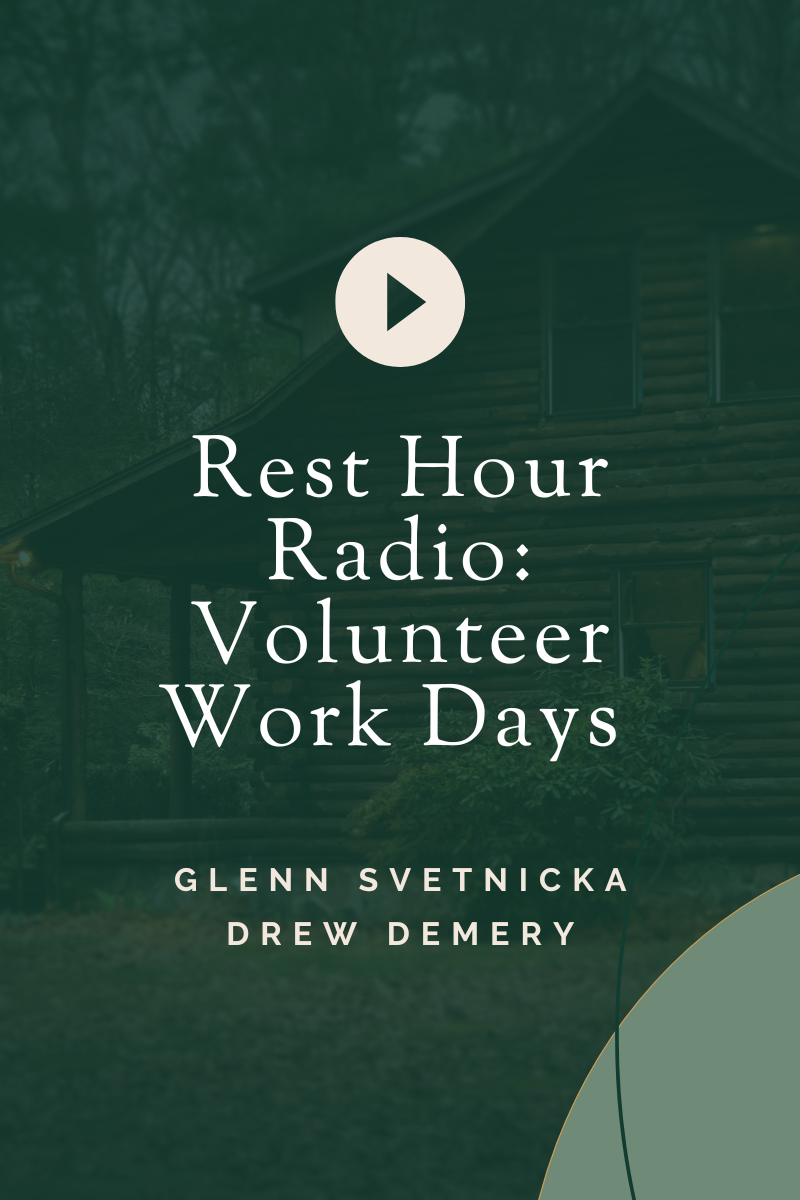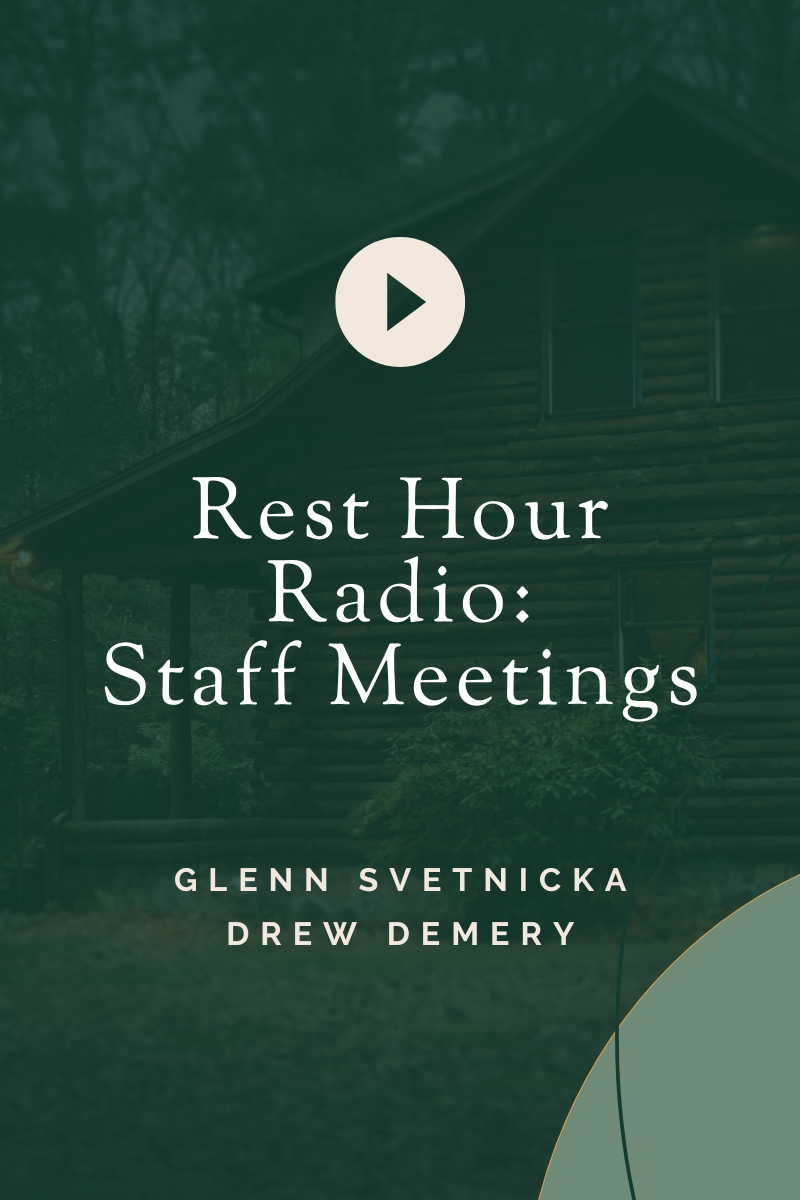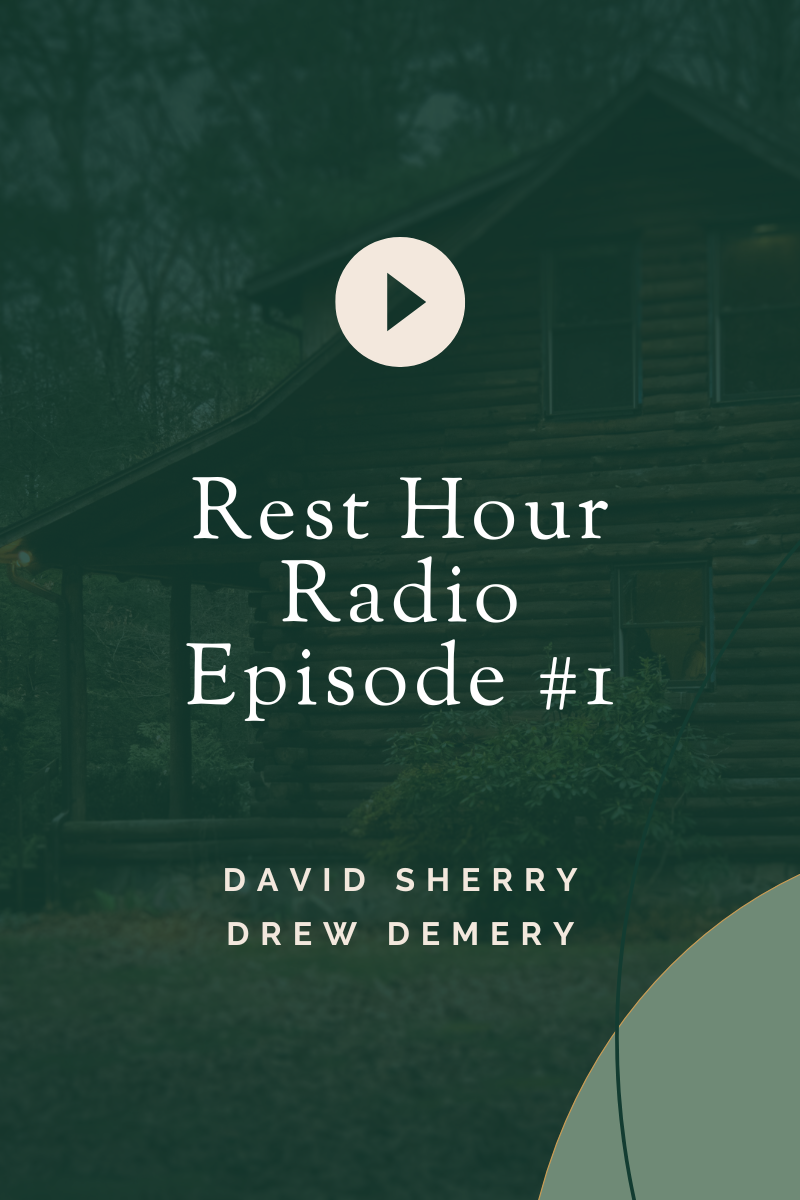Where do you start?
Do you plan on raising money for a project at your organization? Maybe you want to start an annual campaign to raise funds for scholarships or other needs? Where do you start?
A case statement is where a campaign should begin. You need to understand your “why” and be able to articulate it before you can start sharing it with prospect donors. In its simplest form, a case statement is a document that you create to explain your need to fundraise, how the funds are going to be utilized, and why it’s important. It is ground zero for your campaign. We use case statements to communicate to donors and share our vision. It includes some basic information on a campaign, facts and figures such as campaign goals and statistics to support the impact of our program and how that impact will grow with the success of this campaign. A case statement should include your mission, vision and organizational values as well. It is a document to translate your needs and make your case. But it should be more.
Don’t let your case statement be just about facts and figures. A good case statement needs to tell a story. Your organization's story and the story of why this campaign is so important. Camper stories, impact stories, testimonials and great photos can all come together to help share your vision through a great story. A great case statement should inspire a donor to participate and help them see the organization's vision and how this campaign will help build on an already great story. How would a gift to this campaign help make the world a better place? How can you assure that a gift will be well cared for and make an impact? Why does this work matter? These are all questions that should be answered through story.
Think of sitting around the campfire with your friends. You’re sharing meaningful stories. You are painting a visual, you are introducing characters, you are creating a storyline and you have a great message you want to share. Your case statement is the opportunity to tell your story. Will a case statement be the ultimate reason a person gives or doesn’t give? Maybe - maybe not. But it will help you prepare your story and think through your messaging. It will help you and your volunteers have a consistent message to donors and will be a tool in your box to start a conversation. Most donors will scroll through a case statement while you are visiting with them in person, but they will return to it and look closer as they reflect on your ask. It may make a difference in their decision, but it definitely will make a difference in your preparation.
So where do you start? Tell your story, write it down. Decide on your goal and write it down. Compile supporting statistics and write them down. Write down your mission, vision and values and collect photos and testimonials that align with your message. Then start the process of placing it all together to deliver the message of impact. A good designer can help, it’s worth the money to have a polished product to share. But it starts with your story.
~ David Sherry
President
The Sherry Group

